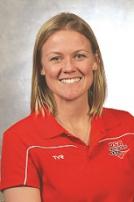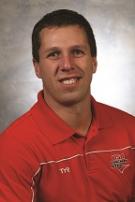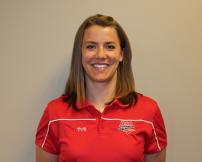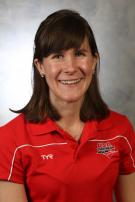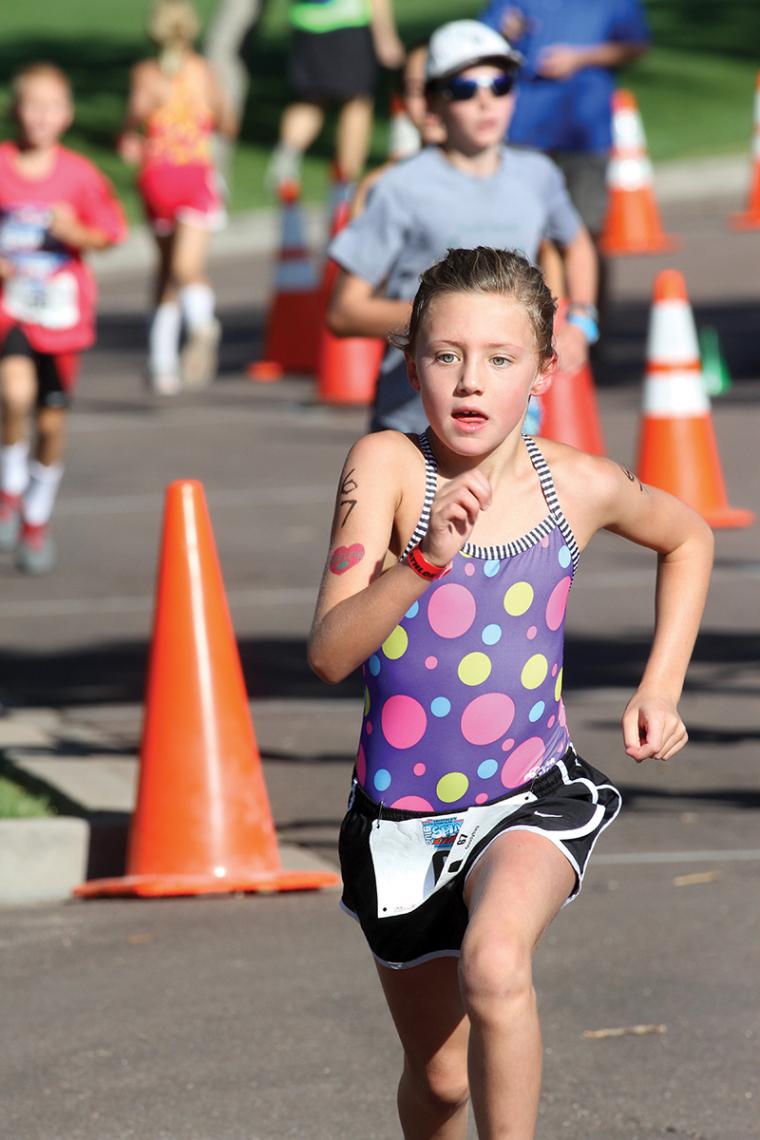
No question about it: triathlon and duathlon are growing. From bucket-list items for weekend warriors to elite international competitions, multisport is on the rise. USA Triathlon, the National Governing Body, oversees a number of programs, a few of which are actually changing the landscape of the sport. These are highlighted below.
Throughout the organization’s history, USA Triathlon has maintained consistent participation of annual members. After experiencing an extended period of growth from 1995-2013, USA Triathlon’s total membership numbers hit a slight plateau in recent years, with 2.72 percent decrease from 2013-14 and a 5.14 percent decrease from 2014-15. Similar trends are reflected in the endurance industry as a whole, as fewer participants are entering cycling and running races than in years past.
This trend is challenging USA Triathlon to uncover new and creative ways to recruit new people to the sport of triathlon. For instance, in 2017 we are focused on promoting short-course (sprint and Olympic-distance) racing. The goal is to show people how accessible and rewarding these races can be, and emphasize that you can participate in a triathlon without devoting all your spare time to training.
The male/female split has shifted, creating an interesting high. The number of female annual members grew slightly in 2015, with women now comprising 37.64 percent of USA Triathlon’s annual membership. This is the second-highest percentage since 2011.
In terms of age-group participation, members ages 40-49 comprise the largest sector of USA Triathlon’s annual membership at more than 30 percent of the overall membership base. From 2014-2015, however, participation among the 35-39 and 40-44 age groups decreased slightly, and instead we saw membership growth in the older age groups: from 50-59 all the way through 90-99. But even as these older age groups thrive, we have a variety of initiatives going on at the youth, high school and collegiate levels with the goal of introducing active people to the sport of triathlon at a younger age – something that segues perfectly into our first category of programming.
 Splash & Dash Series and Youth Programming
Splash & Dash Series and Youth Programming
By Meg Weagley
Splash & Dash is a program designed for youth triathletes from ages seven to 15. The series follows the format of an aquathlon, which is a swim followed by a run. Kids ages seven to 10 complete a 100-meter swim and one-kilometer run, while ages 11 to 15 complete a 200-meter swim and two-kilometer run.
USA Triathlon has seen a great turnout for our Splash & Dash events. We typically get about 2,000 total participants for the series of 58 races, and many events draw between 100 to 200 kids. We hope to see more participation in the coming years, as USA Triathlon increases its youth outreach initiatives and forms more youth-specific partnerships.
The Splash & Dash series has been a success because it is an accessible and non-intimidating first multisport experience for many kids. After completing their first aquathlon, many kids are inspired to take the next step into triathlon competition. USA Triathlon frequently has Splash & Dash race directors reach out about hosting a youth triathlon in the future. Our goal is to develop a youth triathlon series similar to the Splash & Dash series we currently offer.
Interestingly enough, Splash & Dash participants are often the children or siblings of triathletes. Many race directors will tack a Splash & Dash race onto a larger triathlon event they are already running. This gives the event as a whole more of a family-friendly feel, as there is something for all ages to take part.
USA Triathlon is excited to introduce a Splash & Dash marketer position for 2017. Splash & Dash marketers receive a stipend and are responsible for driving registration in the series. In addition, we will have an increased acquisition and retention incentive plan for race directors who successfully grow their participant numbers and encourage prior participants back to the event.
 College Triathlon: The Growing Demographic
College Triathlon: The Growing Demographic
By Jessica Welk
Triathlon is still an emerging sport for women at the NCAA level. The process of growing women’s triathlon at the collegiate level is coming along very well. We currently have 14 NCAA varsity programs, and USA Triathlon is talking with many other institutions at all three divisions. We are excited about the future of women’s NCAA triathlon and are working hard to add more varsity programs across the country. The goal in order to become a full-fledged NCAA varsity sport is to reach 40 institutions by the end of 2020.
In addition to our 14 NCAA varsity programs, we also have a robust collegiate club infrastructure across the country. We recently hosted the USA Triathlon Collegiate Club National Championships from April 21-22 in Tuscaloosa, Alabama. That event drew roughly 1,400 collegiate triathletes, both men and women. Athletes competed in a sprint draft-legal race, Olympic-distance non-drafting race, and mixed team relay event. Tuscaloosa provided a great venue and a welcoming atmosphere, and we look forward to returning in 2018.
Recently, USA Triathlon was able to announce that Colorado Mesa University was the first institution in that state to offer women’s varsity triathlon. Colorado and its surrounding region have a thriving triathlon culture at all ages. We are continuing discussions with other institutions in this region, and we are confident about our long-term prospects. It is also beneficial to have institutions that are close to USA Triathlon’s national headquarters in Colorado Springs. This proximity allows USA Triathlon staff to get to know the athletic department and coaching staff and develop an in-depth understanding of that institution’s needs that we can apply towards future NCAA varsity programs.
 Paratriathlon
Paratriathlon
By Amanda Duke Boulet
In December of 2010, the International Paralympic Committee announced that paratriathlon would debut at the Rio 2016 Paralympic Games. Since 2010, there has been an overall increase in paratriathlon participation. U.S. athletes performed extremely well in Rio, winning four medals in total including a podium sweep in the women’s PT2 division.
The sport of paratriathlon has a very high level of military veteran participation – in fact, almost half of the entrants at last year’s USA Triathlon Paratriathlon National Championships were active-duty or retired service members. USA Triathlon has a strong history of partnerships with military organizations. In the past, USA Triathlon has funded programs at Walter Reed National Military Medical Center and Brooke Army Medical Center. We continue to support several military organizations through annual grants from the U.S. Department of Veterans Affairs and the Given Limb Foundation.
Most USA Triathlon sanctioned events can easily accommodate and would encourage athletes with impairments to compete. As it pertains to USA Triathlon-owned events, we have paratriathlon-specific divisions at our Collegiate Club & High School National Championships and Youth & Junior National Championships. We also host a standalone Paratriathlon National Championships each year – the 2017 event will take place in Pleasant Prairie, Wisconsin, on June 25.
USA Triathlon provides a number of annual grants to clubs and organizations that offer paratriathlon camps and clinics. In addition, USA Triathlon engages in specific educational outreach with Paralympic Sport Clubs across the country. New in 2017, we will be offering a paratriathlon-specific coaching certification. Last, we are working on outreach to preexisting adaptive events such as the Endeavor Games or Desert Challenge Games to include paratriathlon as part of their event schedule.
 Site Selection for Triathlons
Site Selection for Triathlons
By Brian D’Amico
When selecting sites for championship events, USA Triathlon looks for a strong, well-rounded and connected local organizing committee. With the nature of our sport, which combines swimming, biking and running, it is important to have all of the backing and resources to properly permit and execute. This is not possible nor feasible without a strong infrastructure in place.
While each discipline feeds into the race as a whole, the local organizing committee must understand that each portion of the race carries its own challenges and intricacies. In addition, we take into consideration previous experience hosting large-scale national or international events, climate, airport proximity, hotel availability and nearby local attractions.
If destinations are interested in learning more about hosting opportunities, we want them to feel free to reach out to Brian D’Amico, USA Triathlon National events director, via email at brian.damico@usatriathlon.org or by calling 719-955-2682. Additionally, most current RFPs are posted on USATriathlon.org as well as on the NASC website. SDM

